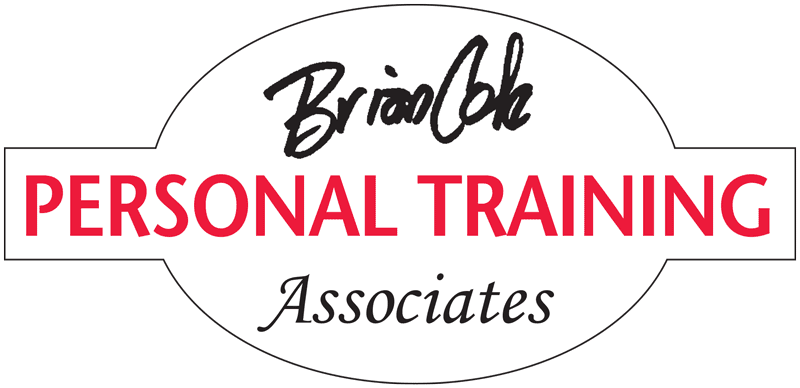About 10 years ago, a local orthopedic practice ran an ad stating that our skeletons, specifically our spines, have the responsibility of supporting our bodies. In response I wrote a column titled “No, They Don’t” (which if the rest of this interests you, you can find on our website…page 4 of “To Your Health” columns), clarifying that our muscular system supports our skeleton not vice versa. This isn’t a matter of opinion or something to debate. This is a physiological fact. OK, so what?
Well, this column is about bone density. What it is and what we can do if we’re diagnosed with osteopenia, which is reduced bone density and a precursor of the more serious condition of osteoporosis, which indicates brittle, weak and fragile bones. And what we can do involves usage of our voluntary muscle system to protect against further deterioration and/or even rebuild our diminishing bone density.
So it’s important to understand we can actively improve ourselves by using our muscles. We are still in charge. At least in part. Because we don’t see them, we often think of them as just there (until we have a problem), but our bones are living tissue and are changing throughout our lives. If we break a bone, we stabilize it with a cast and it heals itself. When it’s healthy anyway.
Most of our bone’s density is built by mid-teens and after about age 30 is susceptible to begin the degeneration we will later call osteoporosis. This is due to a combination of poor nutrition, smoking, family history, excessive alcohol use and a sedentary lifestyle. Many things in our lives break down with use but our bones, like our muscles, actually become stronger with use as they respond to the challenges we give them. This physiological fact gives us enormous power to positively affect our quality of time during this short, short life.
By challenging the musculoskeletal system through weight-bearing activities (walking, dancing, hiking, climbing stairs, Tai chi, playing sports, strength resistance training…) we develop muscles, bones and our ability to balance. Preventing falls cannot be overrated. Falls can be devastating to someone with weakening, thinning bones. Stand up more, spend 20 minutes a day in the sun without sunscreen to increase our vitamin D (which is essential to adequately absorb calcium and other minerals), use stairs instead of elevators, eliminate crunches/situps and learn straight spine lifts, practice standing on one foot and add other activities to address this condition. None of this requires a significant amount of commitment, self-discipline or effort, although all of these will add to the benefit.
Just a small shift in daily habits and priorities can make a major difference and possibly save lives. That’s not an exaggeration. Many of us have lost a loved one to the inability to recover from the surgery and rehabilitation required to recover from say, a shattered hip joint suffered in a fall.
One of the most rewarding aspects of the work we do is seeing the relief in someone’s eyes when the visit to the doctor has reported measured improvement in the T-Score (bone density). One’s longevity and more importantly one’s quality of life are directly affected in a meaningful and positive way.
If you, or a loved one has been diagnosed with either osteopenia or osteoporosis, please know there is plenty you can do about it. You’re still in charge of your improvement.

